Writing Teaching Resources
Teaching writing strategies and the writing process this school year? Explore a comprehensive collection of teacher resources for primary English teachers — all created by teachers!
Stocked with graphic organisers, writing prompts, templates, worksheets and so much more, this collection of printable and digital activities is designed to help you as you help your students become more effective communicators and unleash their creativity and imagination.
Save time on lesson planning with resources that are aligned with the Australian curriculum (including version 9!) and have been through a careful review process by an expert member of our teacher team to ensure they're ready for your classroom and your students!
Are you looking for tips and tricks to add to your teacher toolkit this school year? Read on for a primer from our teacher team, including engaging activities for teaching writing inprimary school and a look at some of the different writing strategies your students will need to learn.
11 Writing Strategies Kids Should Know by the End of Primary School
We can't talk about teaching kids to write without talking about the different writing strategies that can help them do just that!
When it comes to teaching our students to become confident writers who articulate their ideas effectively, here are some of the strategies our teacher team prioritises:
1. Brainstorming
Brainstorming is something we often do in the classroom, and it's a crucial part of learning to generate the ideas that will drive students' writing as they progress through their educational journey. Kids should know how to create a list of potential topics or points related to a particular writing assignment.
With younger students, this is often done as a whole group by writing ideas and points on chart paper. In upper years, students transition over to using text-based materials to generate ideas and talking points.
2. Outlining
Before diving directly into any assignment, our students should be able to create a structured framework or outline. Teaching students how to create this outline will help them organise their thoughts and arguments for penning their essays, reports and research papers.

3. Using Graphic Organisers
Technically graphic organisers are classroom tools, so you may not think of their use as a writing strategy per se. However, learning to use these tools is another means of providing kids with the tools they need to organize their ideas and information before they sit down to write.
These organisers are particularly useful for expository writing — students can use them to outline main ideas, supporting details, and transitions.
Students can also take advantage of story maps when they are working on narrative writing to plot the key elements of a story, such as characters, setting, conflict, rising action, climax and resolution.
Graphic organisers such as the OREO strategy and hamburger paragraph are also great tools for students to use when working with opinion and persuasive texts.
4. Freewriting
Writer's block is the enemy of creativity, and it can easily frustrate young students who don't know where to begin.
When students freewrite, they write continuously without worrying about grammar or punctuation. This writing strategy can be extremely freeing — hence the name! — and helps frustrated writers move past that writer's block, generating fresh ideas.

5. Peer Editing
Learning to review and provide constructive feedback on each other's work is a great writing strategy to employ in your classroom to help students improve their writing quality and enhance their editing skills.
The strategy allows your students to learn from one another, and it arms them with an important tool they can use well into the future — calling on peers to provide a critical eye to a piece of writing.
6. Using Sensory Language
Working on descriptive writing? With this writing strategy, students engage the reader's senses through vivid and sensory language to create a more immersive experience.
7. Including Transitions and Connectives
As students become more proficient in the writing process, learning to use transitional words and phrases allows them to create smooth transitions between sentences and paragraphs. This strategy makes their writing more coherent and polished.
8. Incorporating Evidence
In persuasive, opinion and expository writing, students are taught to support their claims with evidence and examples to strengthen their arguments.
It takes some practice to train your students to use evidence in their writing, so it's often a good idea to start with something simple, like the R.A.C.E.S. strategy.
9. Crafting a Thesis Statement
In expository, opinion and persuasive writing, crafting clear and concise thesis statements that summarise the main point or argument of their essay helps students be more focused and organised in their writing.
This strategy can also have the effect of empowering students to express their ideas confidently and persuasively.
10. Incorporating Introductions and Conclusions
With this strategy, students practice crafting effective introductions and conclusions that grab the reader's attention and leave a lasting impression.
11. Following a Revision Checklist
Teaching your students to use a revision checklist is a strategy that will help them be more self-reflective, evaluating their own writing against the checklist criteria and becoming more aware of their strengths and weaknesses.

- Plus Plan
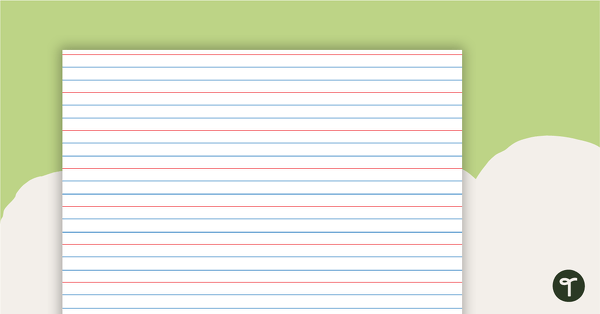
Handwriting Paper No Dotted Blue Line - Landscape
Use this Handwriting Paper to help students to write with their neatest handwriting.
- Plus Plan
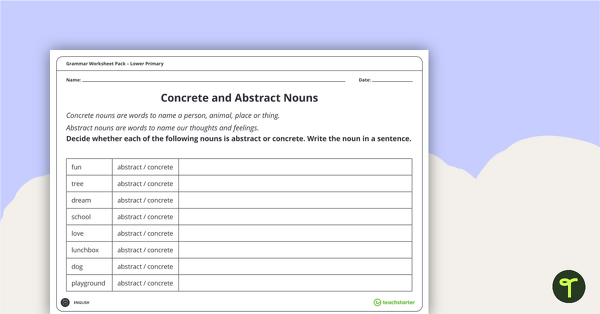
Grammar Worksheet Pack – Lower Primary
A 13 page worksheet pack to consolidate the learning of different grammar concepts in the early years.
- Plus Plan
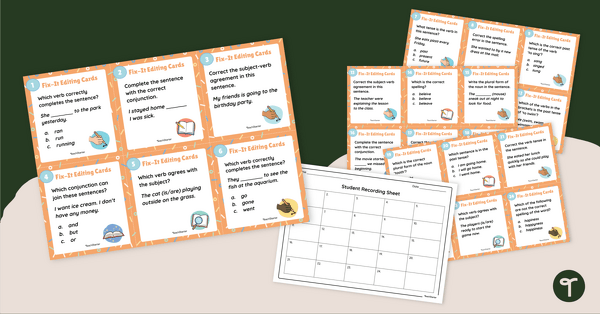
Year 3 Grammar Review Task Cards
Download these Year 3 grammar review task cards perfect for literacy rotations.
- Free Plan
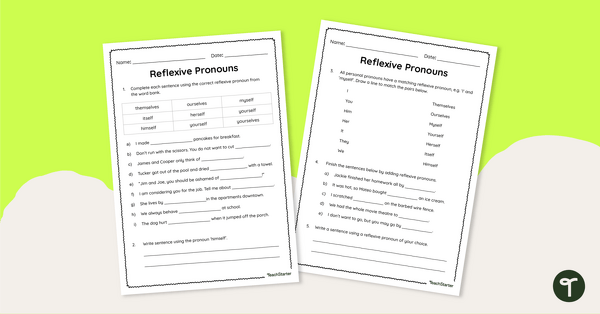
Reflexive Pronoun Worksheet
Use this reflexive pronouns worksheet to teach your students about reflexive pronouns and how they are used in sentences.
- Plus Plan
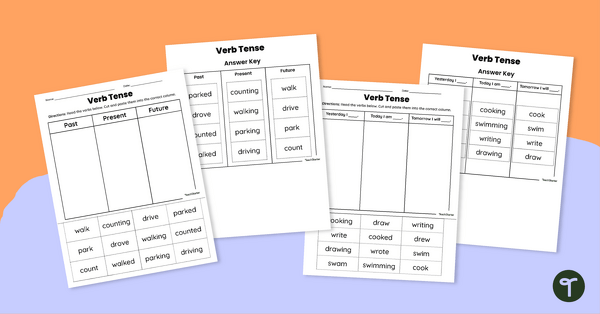
Cut and Paste Matching Verb Tense Worksheet
Practise identifying past, present and future tense in verbs using this set of cut and paste worksheets.
- Plus Plan
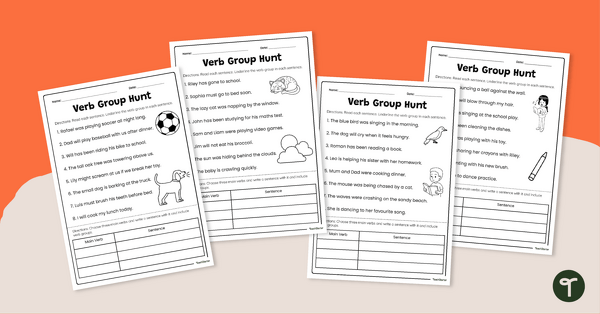
Verb Group Hunt Worksheet Pack
Explore verb groups with your students using this verb group hunt worksheet pack.
- Plus Plan
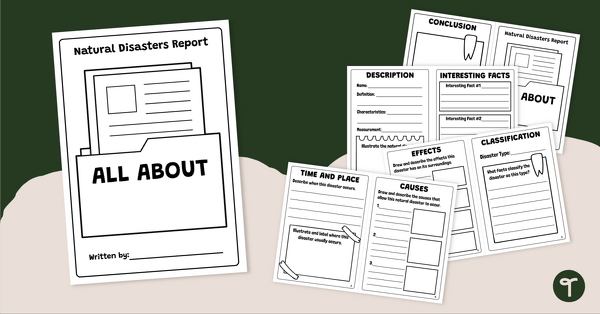
Natural Disasters Report – Mini Book Template
Download this natural disasters information report template to use when teaching informative writing to primary students.
- Plus Plan
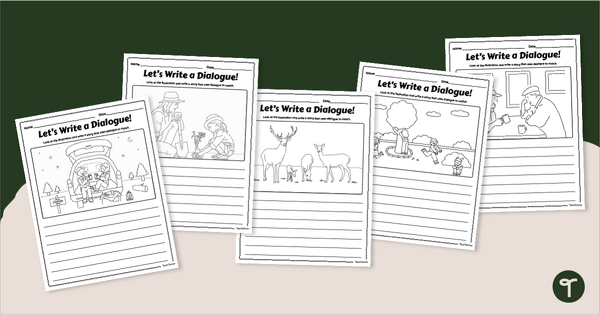
Quotations, Quotations - Writing Dialogue Worksheets
Practise writing using correct dialogue punctuation with a pack of ten picture-based Dialogue Prompt worksheets.
- Plus Plan
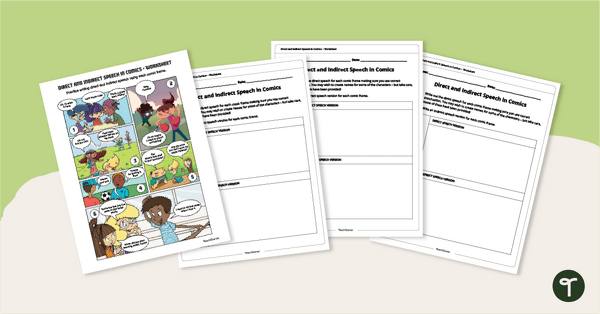
Direct and Indirect Speech in Comics – Worksheet
Consolidate understanding of direct and indirect speech with this set of worksheets.
- Plus Plan
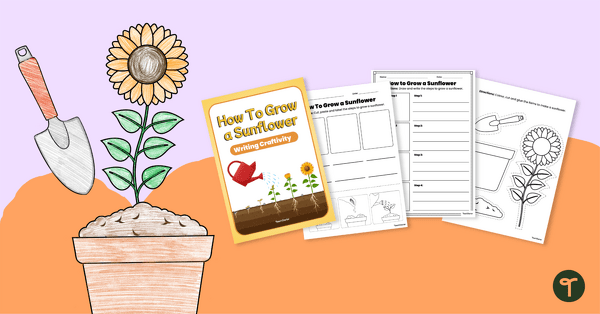
How to Grow A Sunflower – Procedural Writing Craftivity
Use this printable sunflower craft template to teach your students all they need to know about procedural writing!
- Free Plan
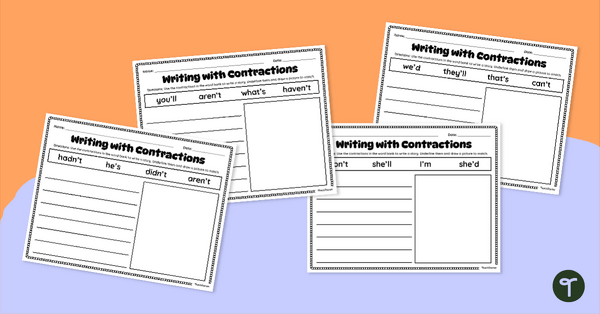
Contractions Writing Activity Pack
Put contractions into sentences to demonstrate an understanding of contractions in context using these writing worksheets.
- Plus Plan

Holidays and Seasons - Lined Writing Paper Templates
Inspire your students to write all year long with fun printable lined papers featuring holiday and seasonal images.
- Plus Plan
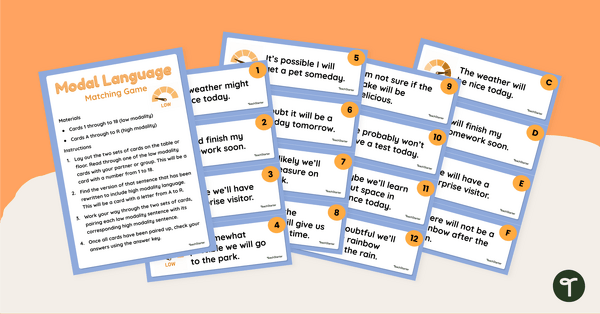
Modal Language Matching Activity
Have students explore high modality and low modality language with this matching game to use during your persuasive writing unit.
- Plus Plan

Subordinating Conjunctions (Cause and Effect) Interactive Activity
Use this interactive digital activity to help students identify cause and effect subordinating conjunctions, and construct sentences using this part of speech.
- Plus Plan
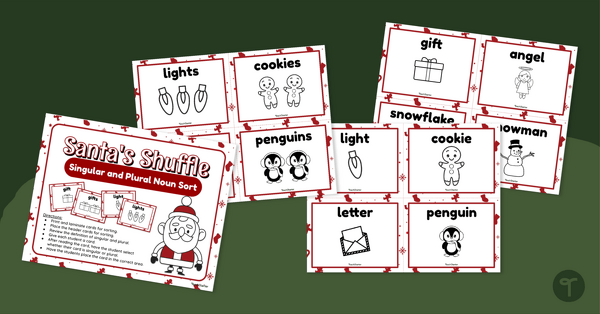
Singular or Plural? Christmas Noun Sort
Help your students determine if words are singular or plural with a fun Christmas-themed noun sorting centre.
- Plus Plan
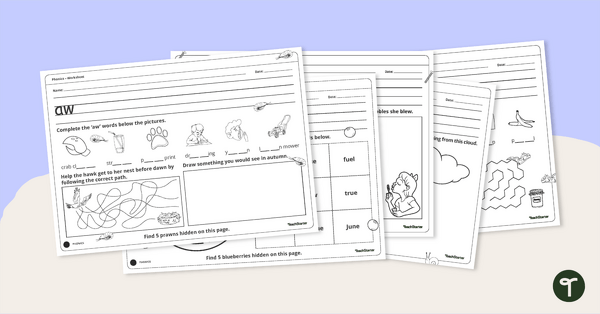
Vowel Digraphs Worksheet Pack
Practise writing and enhancing knowledge of vowel digraphs with this worksheet pack.
- Plus Plan
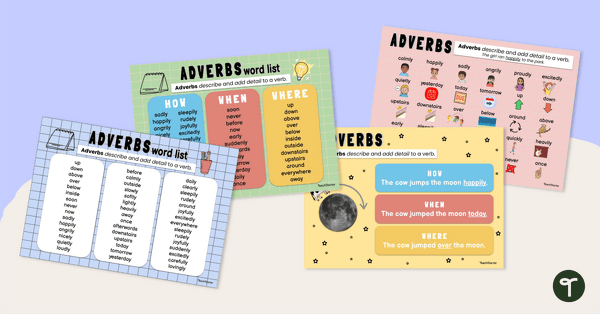
Adverb List Posters
Display this poster set (including a list of adverbs) in your classroom to encourage your students to explore and use adverbs in their writing!
- Plus Plan
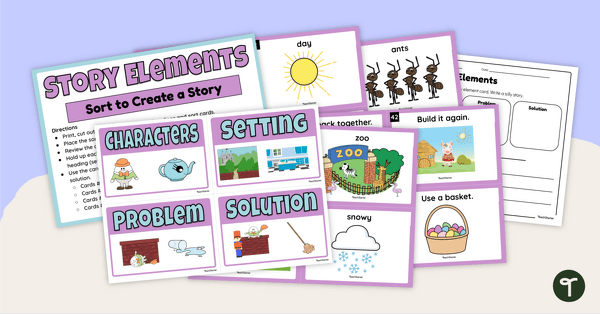
Create a Silly Story – Sorting Activity
Explore story characters, settings, problems and solutions by creating a silly story!
- Plus Plan
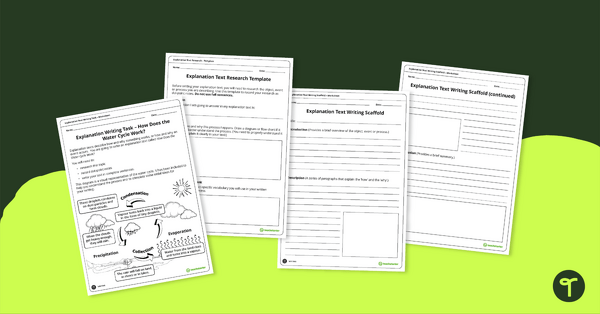
Explanation Text Writing Task – How Does the Water Cycle Work?
A scaffolded writing task for students to complete when learning about the explanation text type.
- Plus Plan
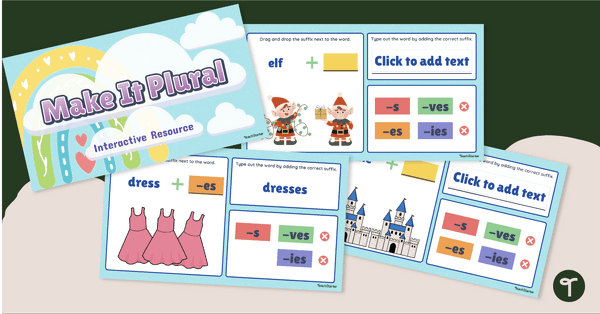
Make It Plural - Interactive Activity
Help children grasp the tricky concept of pluralising nouns with an interactive Google Slides activity.
- Free Plan

Persuasive Vocabulary Word Wall
Help your students enhance their persuasive writing skills with a set of 40 persuasive vocabulary word cards.
- Free Plan
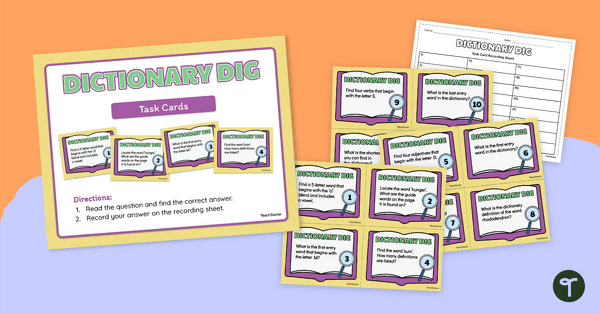
Dictionary Dig Activity Cards
Practise dictionary skills with this set of 26 task cards.
- Plus Plan
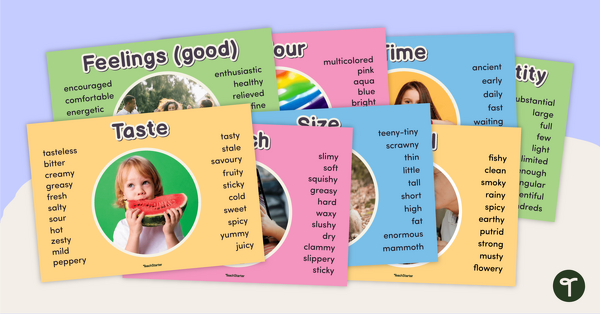
Adjectives Poster Pack
Get your students to use new words to describe objects with this set of 13 bright and colourful posters.
- Plus Plan
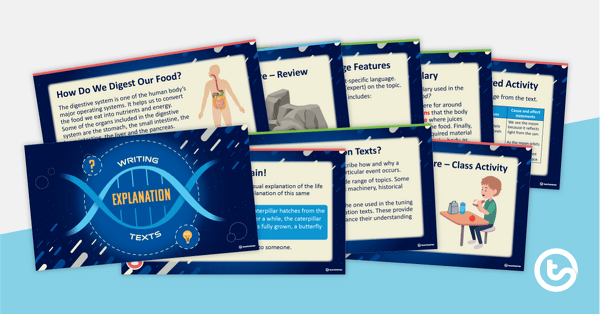
Writing Explanation Texts PowerPoint
A 33-slide editable PowerPoint template to use when teaching your students about explanation writing.
- Plus Plan
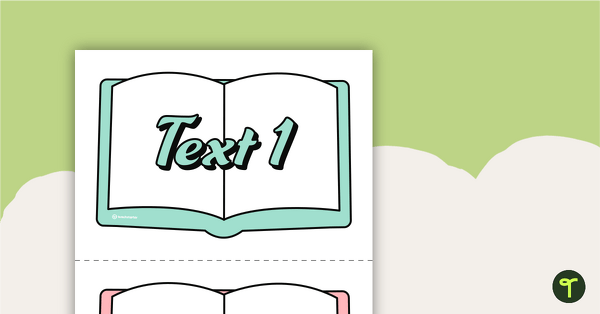
Narrative Writing Bump It Up Wall – Year 6
A visual display for your classroom to help students ‘bump up’ their narrative writing.
- Plus Plan
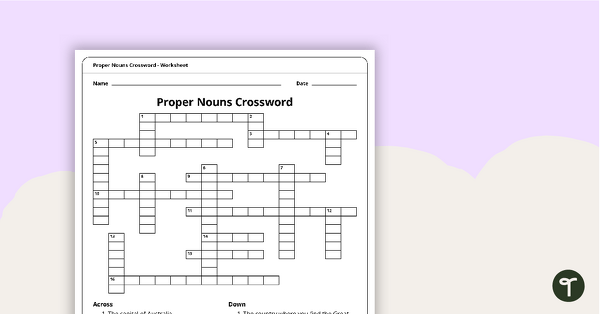
Proper Nouns Crossword Puzzle - Worksheet
A crossword researching different proper nouns.
- Plus Plan
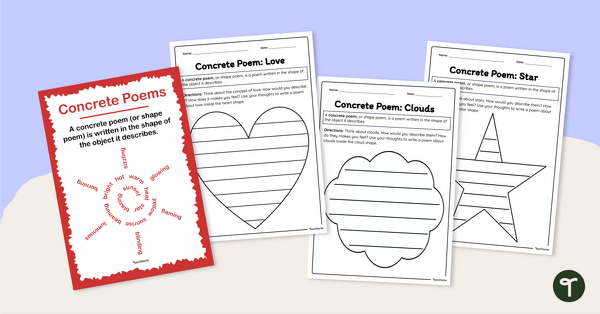
Concrete Poem Poster and Templates
Use this concrete poem example and accompanying template to teach your students how to write a concrete poem.
- Plus Plan
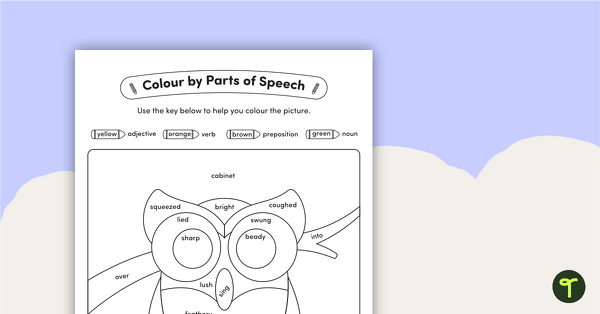
Colour by Parts of Speech - Nouns, Verbs, Adjectives and Prepositions - Owl
Consolidate parts of speech by colouring nouns, verbs, adjectives and prepositions on the owl.
- Plus Plan
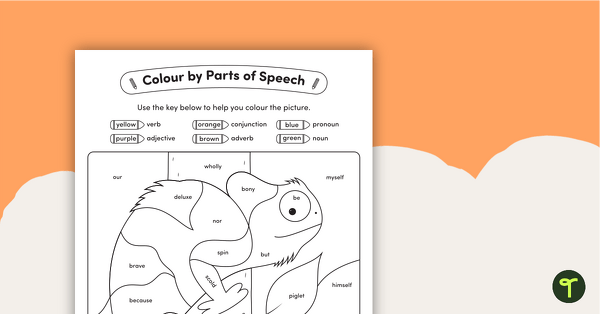
Colour by Parts of Speech Worksheet – Chameleon
Practise your parts of speech lesson by colouring nouns, verbs, adjectives, adverbs, conjunctions and pronouns on the chameleon.
- Plus Plan
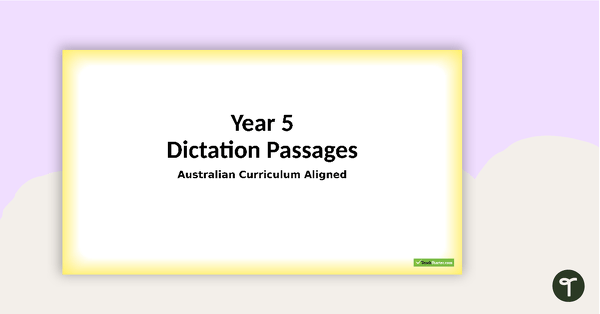
Year 5 Dictation Passages PowerPoint
Use this set of Year 5 dictation passages to promote listening and transcription skills in your students.
- Plus Plan
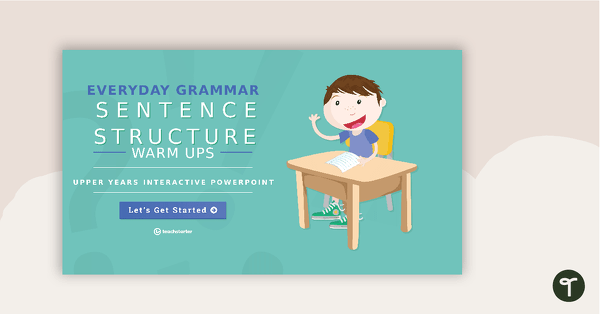
Everyday Grammar Sentence Structure Warm Ups - Upper Years Interactive PowerPoint
An engaging 44 slide interactive PowerPoint to use in the upper years classroom when learning about grammar and sentence structure.
- Plus Plan
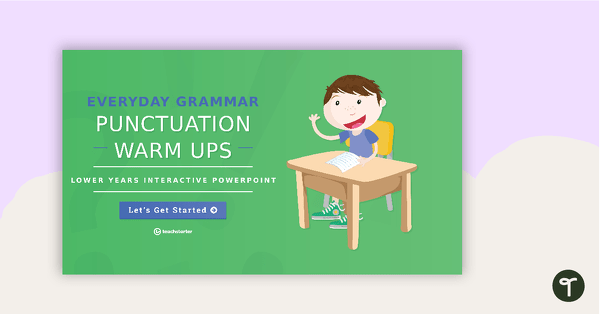
Everyday Grammar Punctuation Warm Ups - Lower Years Interactive PowerPoint
An engaging 44 slide interactive PowerPoint to use in the lower years classroom when learning about grammar and punctuation.
- Writing Worksheets
- Writing Templates
- Writing Games
- Writing Posters
- Writing Teaching Presentations
- Writing Labels, Signs & Decorations
- Writing Word Walls
- Writing Projects
- Writing for Preschool/Kindergarten
- Writing for Foundation Year
- Writing for Year 1
- Writing for Year 2
- Writing for Year 3
- Writing for Year 4
- Writing for Year 5
- Writing for Year 6
- Writing for Year 7